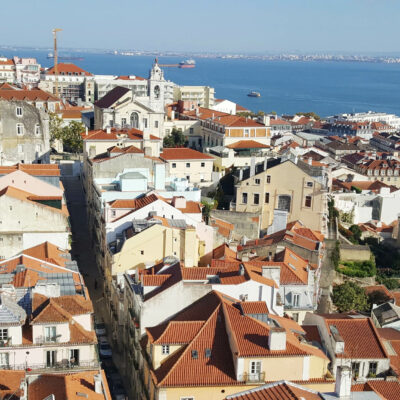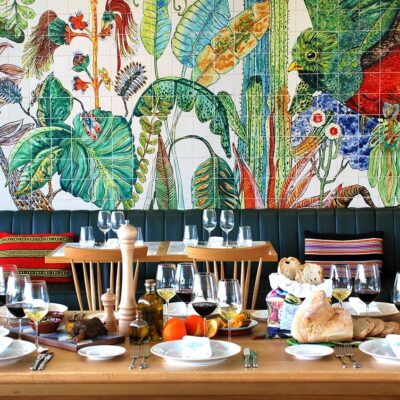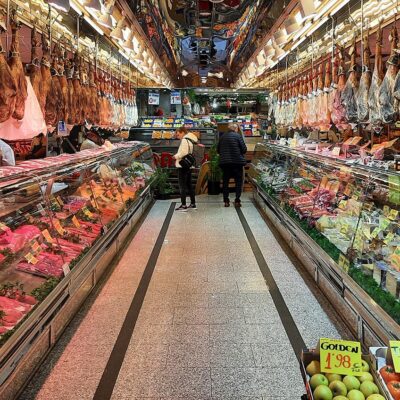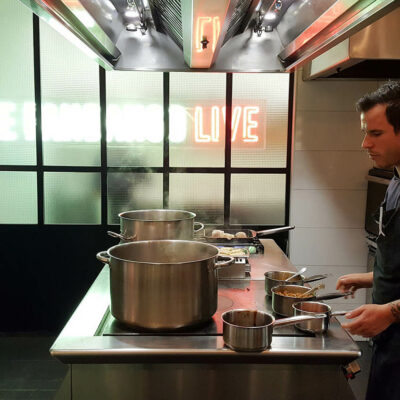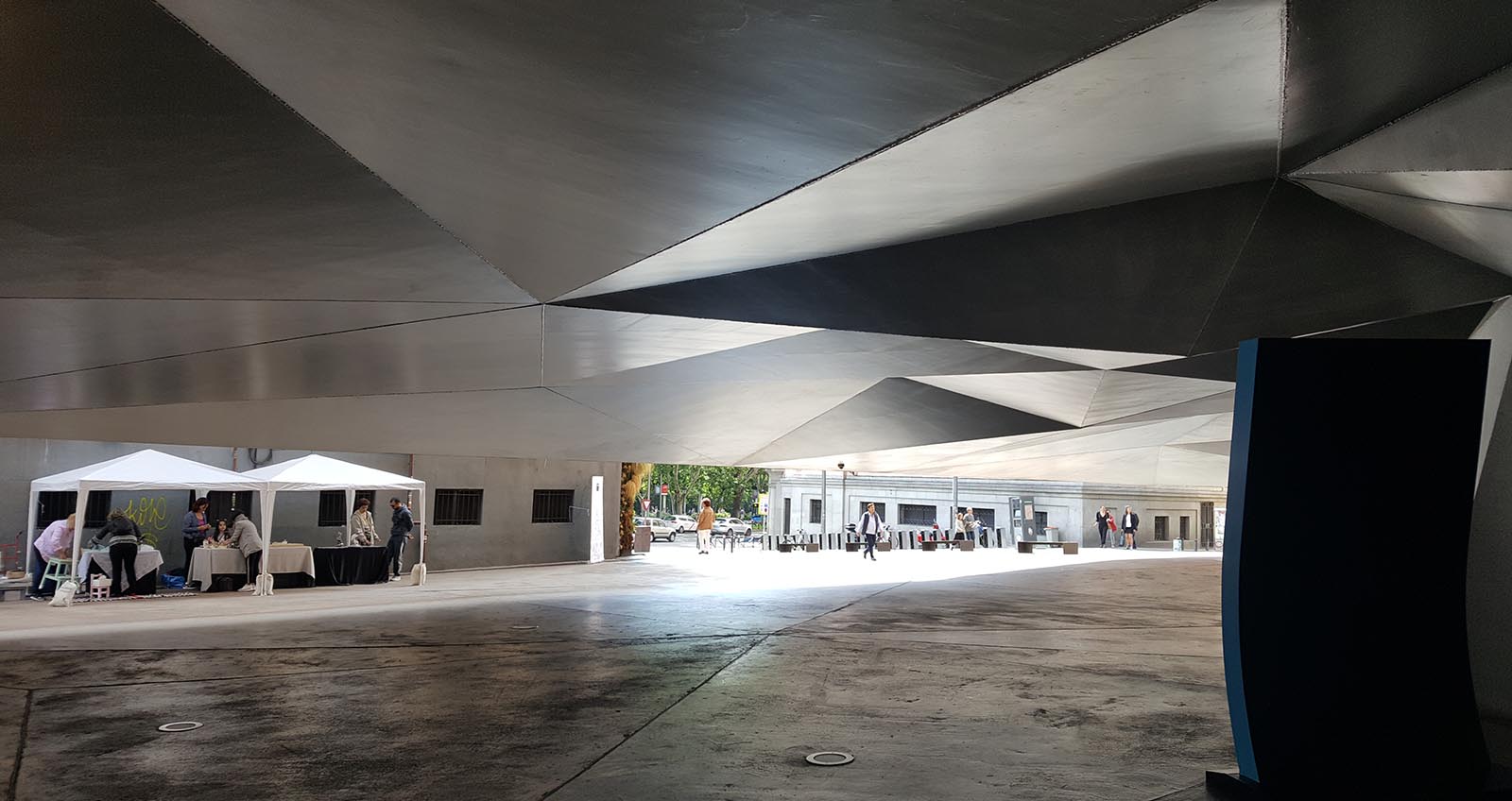Tour Highlights
- Enjoy Madrid’s gastronomic delights: taste innovative as well as traditional Spanish cuisine
- Discover the best tapas bars: enjoy great food and wines at atmospheric places in the historic city
- Explore the changing flavours and wonderful architecture of Madrid’s enchanting neighbourhoods
- Delight in the vitality and diversity of one of southern Europe’s most cosmopolitan cities and take advantage of the warm climate
Inclusions & Pricing
Availability:
This bespoke gastronomic tour is available throughout the year with the exception of August. Minimum number of guests is two. To check availability for specific dates, please get in touch. Our itinerary can be altered to suit your flight schedule and duration desired.
Pricing:
The price for 3 days (2 nights) gastronomic tour: Euro 675,- per person sharing a double room.
Inclusions:
- Two nights’ accommodation in a 4-star charm hotel
- Two breakfasts
- A private guided tour of Madrid’s historic centre.
- An extensive dinner in one of Madrid’s top restaurants – including selected wines, soft drinks, coffee and tea.
- A private tour of the city’s tapas bars – including tapas, wines, soft drinks, coffee and tea.
Not included:
- Air fare
- Car rental
- Travel insurance
Overview
Madrid at a glance
Madrid, the capital of Spain, is a beautiful, sophisticated and diverse city. It has grand avenues as well as small cobbled streets; there are smart roof top bars adjacent to old-fashioned tapas bars. The different neighbourhoods are colourful, and feel intimate and genteel. The oldest part of the city, Los Austrias, named after the Habsburg kings with their Austrian roots, is atmospheric and well preserved. Other neighbourhoods of central Madrid including, Salamanca, Lavapiés, Chueca and La Latina stand out for their old-world charm. One of the main attractions of the city is wandering the streets of these older quarters and coming across interesting places, bars, shops, galleries. As the city is compact the centre is perfect for discovering on foot.
Madrid is a major arts city. The original golden triangle of major museums (the Prado, Thyssen and Reina Sofia) has been made into a golden square, with the addition of CaixaForum Madrid. A former power plant has been converted into a spectacular contemporary arts centre, designed by Herzog & de Meuron. Matadero Madrid, an outpost for contemporary art and theatre set in a compound of arched neo-Moorish pavilions of this city’s old slaughterhouse, represents another highlight of this vibrant city. And the famous painting galleries in the Prado are really unique; a royal collection is its core, reflecting the taste of Spanish monarchs in its Golden Age. Adjacent to the Prado is the green expanse of the elegant Retiro Park, a wonderful spot to take a break from the busy city.
For those into more athletic pursuits, the vast former royal hunting estate of Casa de Campo in western Madrid is open to the public. It is a great place to run, cycle or even just walk around. From the neighbourhoods of Lavapiés to Chueca, the old city is steeped in quaint pastry shops, equestrian statues, incongruous modern architecture, art deco cafés, photography exhibitions, minimalist fashion boutiques, Catholic festivals, restaurants and tapas bars.
Madrid – food and wine
Madrid is great place to eat. The sheer number of good restaurants, gastro bars, tapas bars and food markets is bewildering. Madrileños, the local residents, really care about their food: a stroll around neighbourhood food markets such as the Mercado de San Anton in Chueca or the Mercado de Vallehermoso serves as evidence of an infrastructure which can support great gastronomy. In stylish modern restaurants, classic dishes such as roast suckling pig with almonds, squid in its own ink with rice, quails with chickpeas and smoked red peppers are successfully reinterpreted.
But rest assured, the traditional eating houses which offer a comforting menu without modernity still remain. Traditional Galician tapas bars abound. They continue to serve uncomplicated comfort food like fried razor clams, ham croquetas, and of course pulpo a la Gallega (octopus marinated in olive oil and paprika). Needless to say, such dishes are accompanied by great Spanish wines. Modern tapas places are plentiful too. Here Spanish staples are given a new twist, with dishes such as sardines drizzled with a passion-fruit vinaigrette or marinated baby aubergine stuffed with red pepper and fennel. Besides San Sebastian, Madrid may be the best place to eat in all of Spain.
In every bar and restaurant it is possible to sample great white wines from Spain, like the beautifully balanced Galician wines made from Albarinho or Godello grapes. Full bodied red wines with concentrated red fruits produced in Rioja and Ribera del Duero, made with the local Granacha or Tempranillo grapes can also be found.
In Madrid meals are served much later than in northern Europe. Lunch is from 13.30 on while dinner rarely begins before 21.00. One can still often dine at midnight. After dinner bars in the Lavapiés and Chueca neighbourhoods beckon Madrileños and tourists alike to drink wine, gin or vermouth.
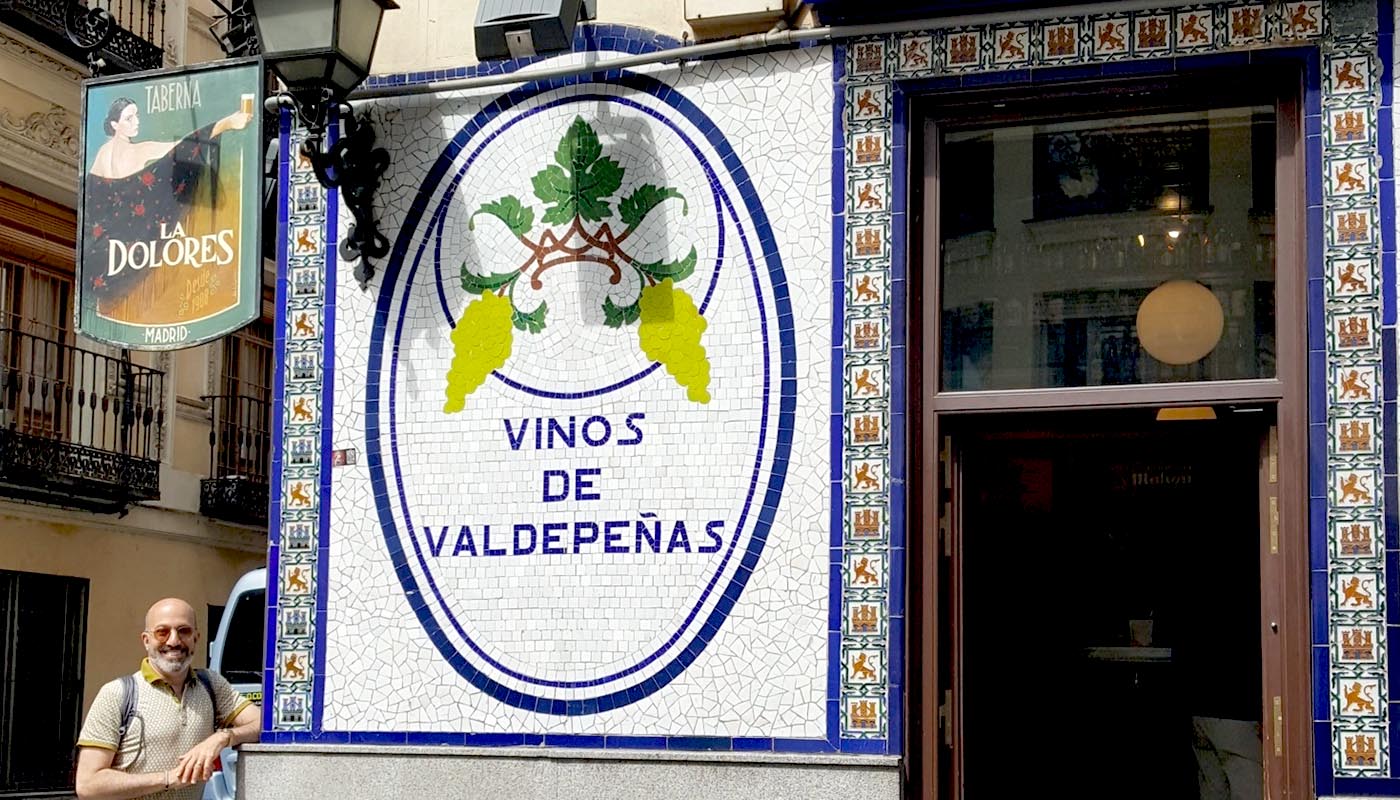
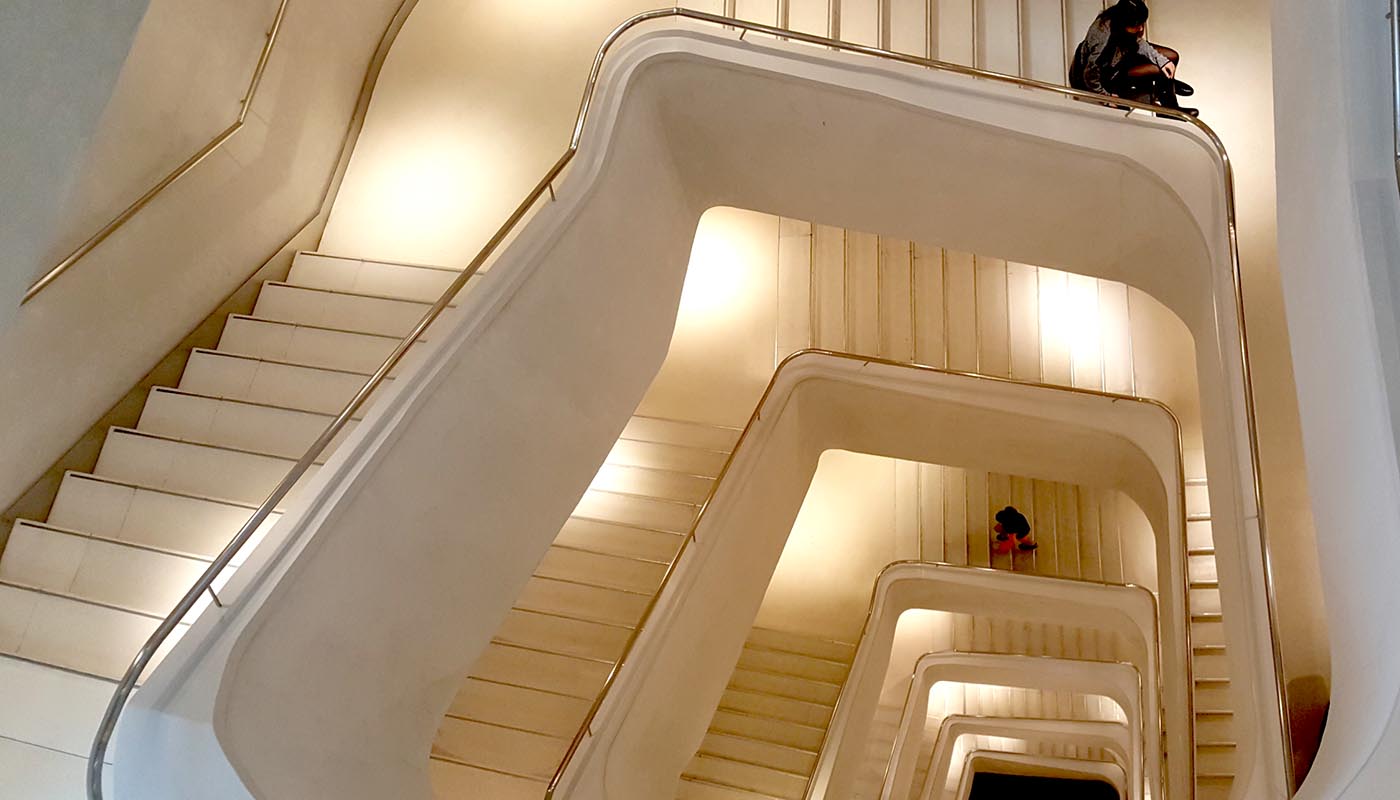
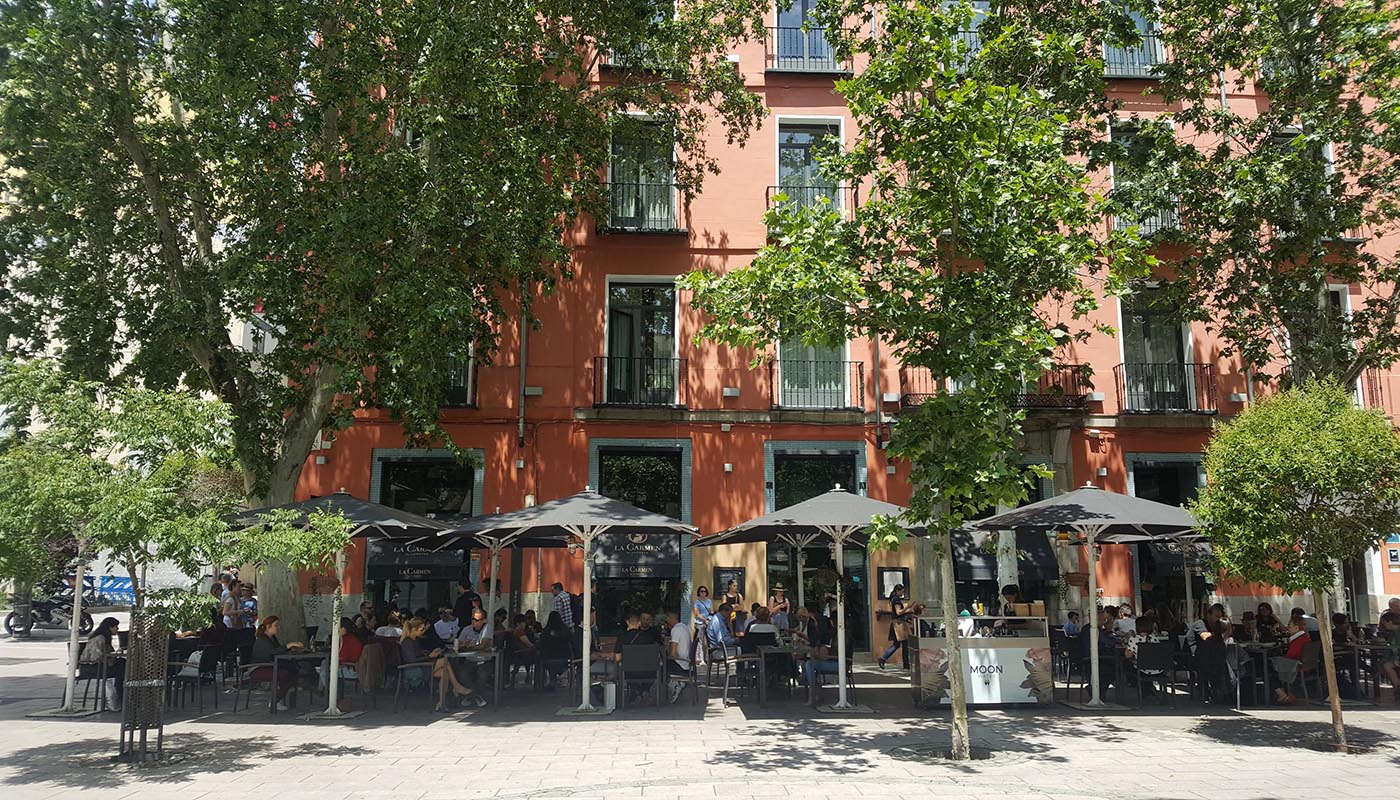
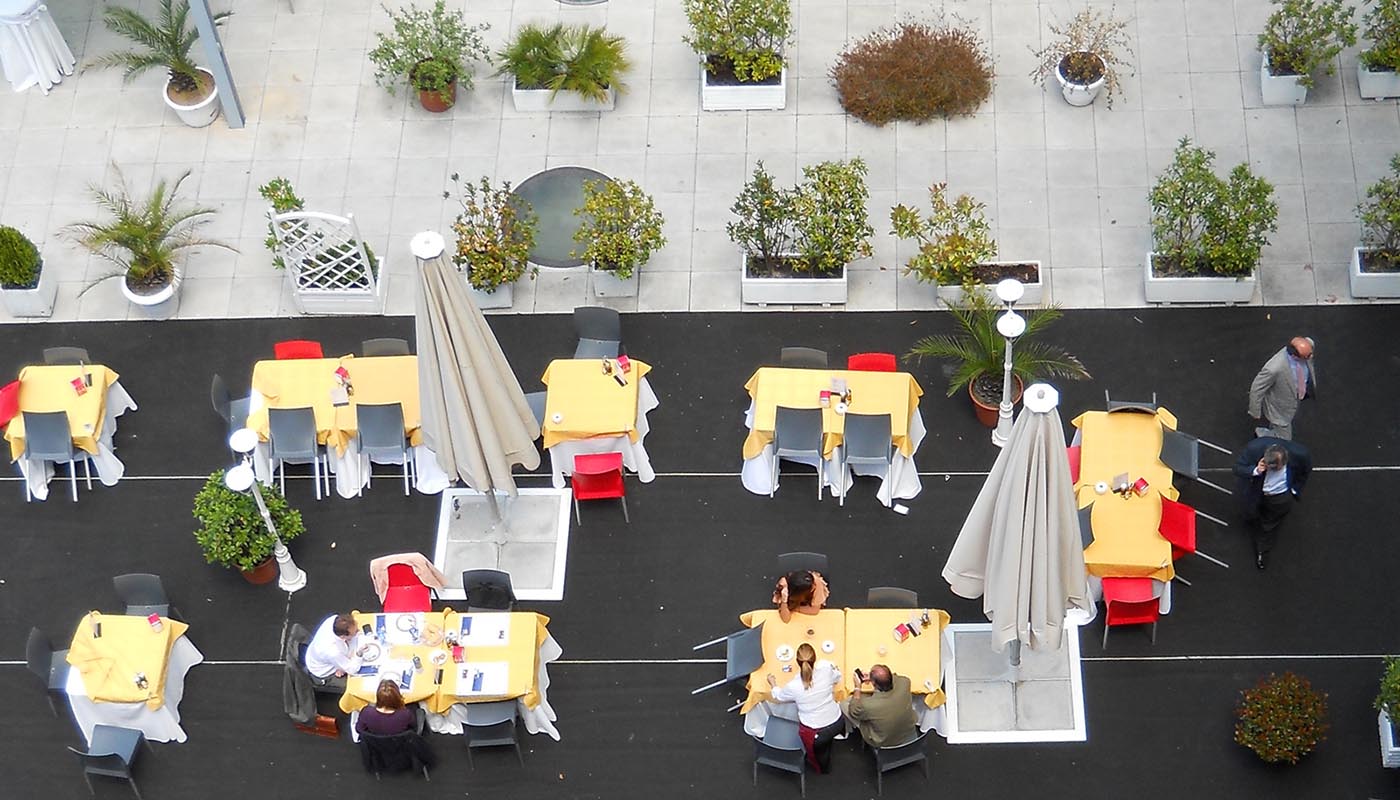
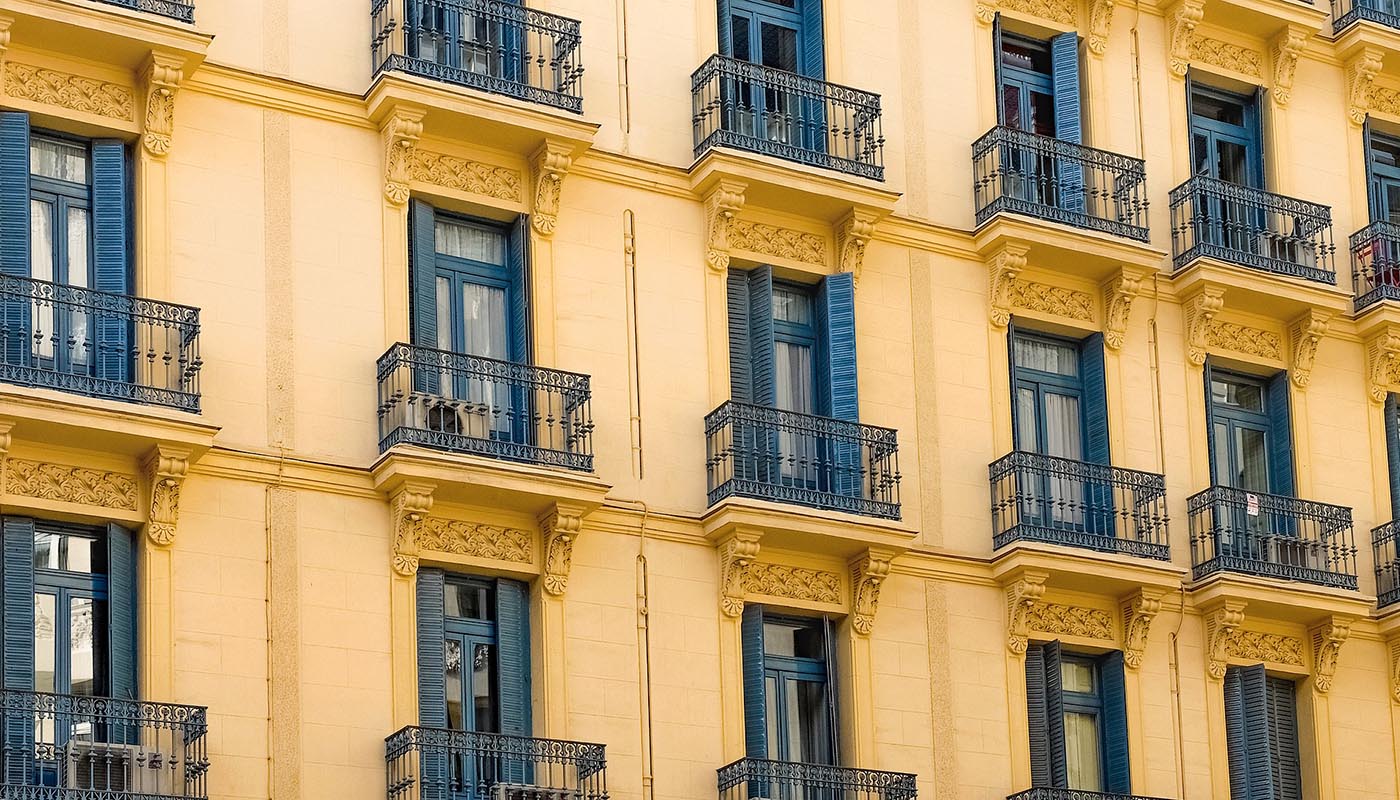
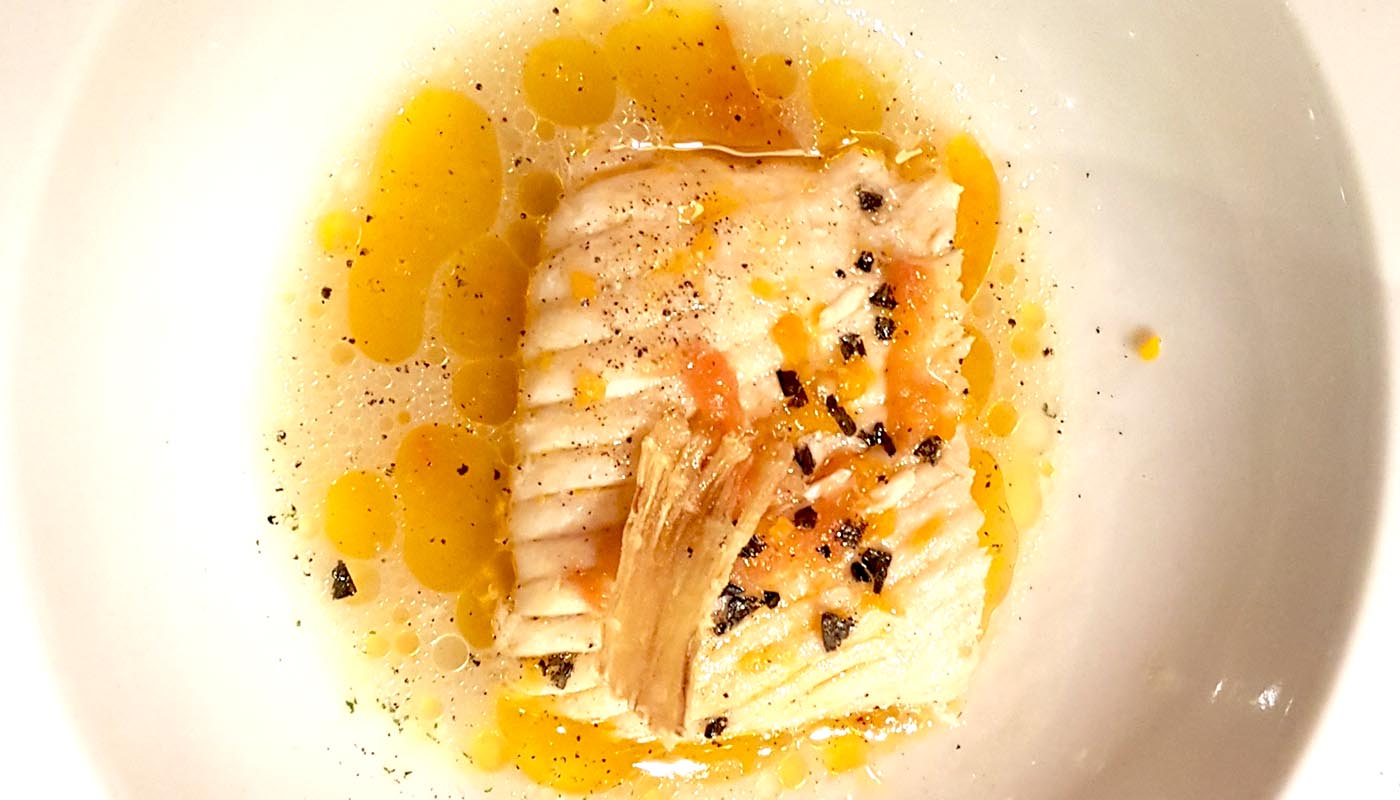
Your Itinerary
Day 1 | Fine Dining in Madrid
- Arrival, check in hotel. Time to settle in.
- Dinner at a top restaurant acclaimed for its modern and innovative Spanish cuisine, as well as its excellent wine list. The cuisine is inspired by the different regions of Spain, in particular the Basque country. The tasting menu, prepared by a well-known Spanish chef, will be served with matching wines. The menu is dependent on the seasons and availability of the best ingredients but may include such delights as brochette with langoustines and bacon, sea bass served with an anchovy and pepper sauce, partridge prepared in the Basque style, roasted pork loin with quince or salt encrusted grouper.
Day 2 | Food & Wine & Heritage with a Sense of Place
- After breakfast there will be a private walking tour around Madrid’s historic city centre, accompanied by a local guide. Away from the main streets, you will see how Madrid was shaped over its many centuries of existence. Strolling through the narrow streets of the city centre, accompanied by your knowledgeable and enthusiastic guide, you will enjoy the sights and sounds of the quirky yet beautiful neighbourhoods of central Madrid.
- After the tour, free time for lunch and to explore the city on your own.
- In the evening a local and enthusiastic food & wine connoisseur will join you and accompany you to a culinary exploration of some of the best tapas bars. Each bar focuses on the food and wines of a different Spanish region; Madrid truly embraces culinary traditions from all over the country. You may taste delightful seafood as well as pimientos de Padrón (tiny fried peppers sprinkled with coarse salt), accompanied by Albarinho white wines in a Galician tapas bar. At an Andalucía establishment you may taste fried artichokes, oxtail croquetas and shrimp ensaladilla accompanied by a dry Manzanilla sherry. At another tapas bar one of Spain’s finest hams will be served, the jamon Ibérico de Bellota, paired with a full bodied red wine from the Ribera del Duero.
- You will have the opportunity to visit at least three wonderful tapas bars well-loved by the locals. Over the course of the evening, your host will guide you through the delicious food, variety of wines and deeply-rooted gastronomic traditions of this exhilarating country.
Day 3 | Conclusion
- Breakfast sees the conclusion of the program
Accommodation
Madrid
Accommodation for the two nights is in an elegant medium sized 4-star hotel in the centre of the city. Originally a 20th-century bank building, the hotel maintains the historical façade and features of the original, but with a fully refurbished and redesigned interior in a calm but chic modern style. Think clean lines, cool colours, and exquisite materials such as marble flooring, stone columns, and custom tiles, all adding a modern feel to the hotel’s classic style.
All the rooms have parquet floors, air-conditioning and are very comfortable. Some rooms have their own private terrace. Its location in the heart of the city close to good restaurants and nightlife makes this hotel a perfect home base for exploring the sights, sounds and flavours of the Spanish capital.
How To Get There
Madrid airport is a 30 minutes taxi journey from the centre of Madrid. There is also an efficient metro system connecting central Madrid to the airport, which takes about 40 minutes. Arrival and departure transfers can be easily organised.
Paladares Travel does not offer flights, we suggest that you book these directly with one of the many companies offering such services. However, if you would like Paladares Travel to assist you in making such arrangements please let us know.
There are many direct flights to Madrid from cities in Europe. For trans-Atlantic flights, it may be easiest to connect in Barcelona, Amsterdam or Paris. Alternatively you can fly directly into Madrid.
Learn to cook authentic Portuguese dishes with a twist in Lisbon
Learn how to cook fine as well as rustic Portuguese dishes with the chefs of premier Alentejo wineries
Explore the gastronomy & cultural tapestry of northern Spain through a road trip, taking in seven of our favourite cultural cities, with some of the best food & drink and art & architecture Spain has to offer.
Savour the best of innovative cuisine and wine making in Basque Country, Navarra and Rioja
